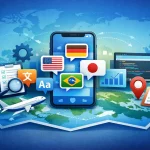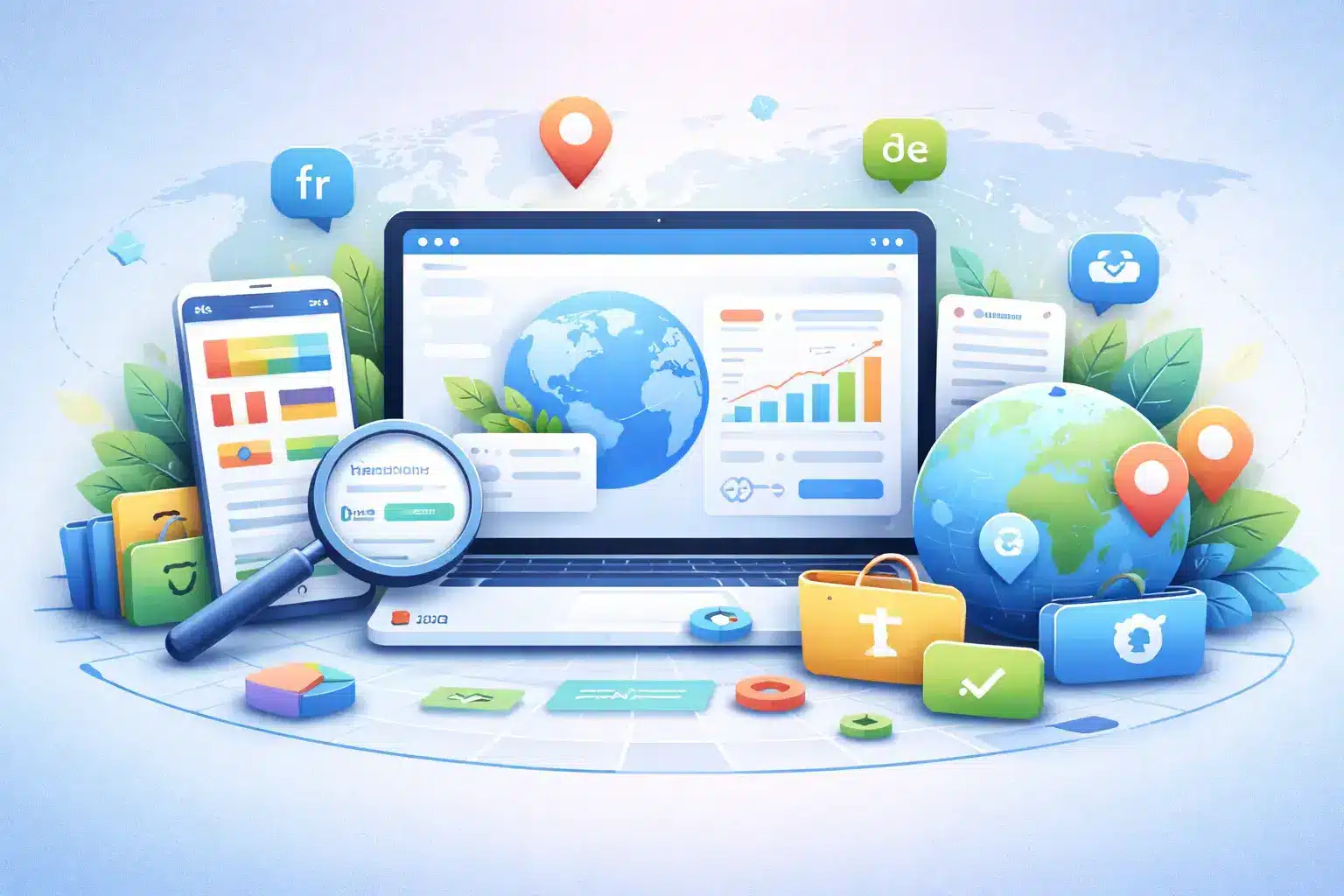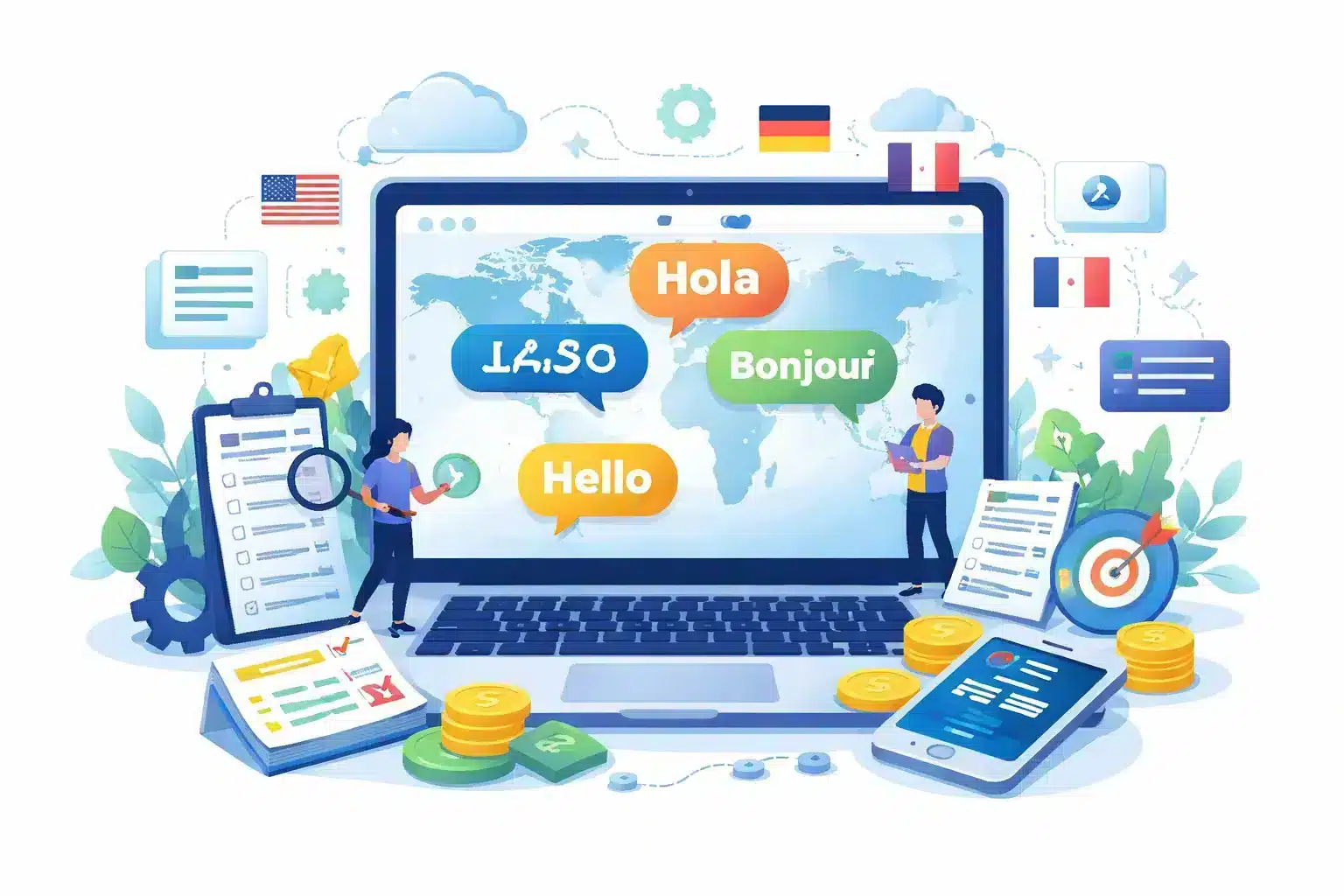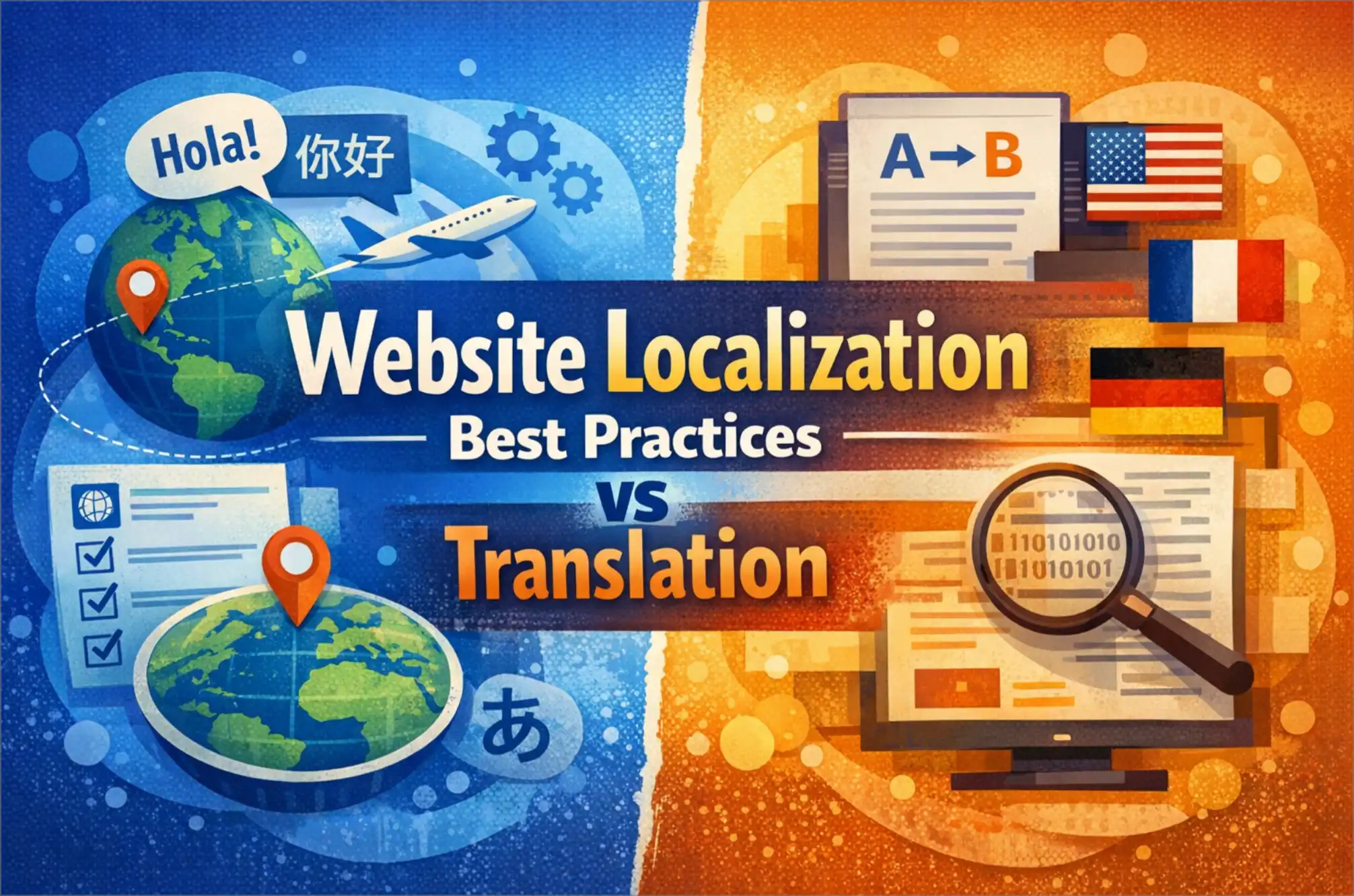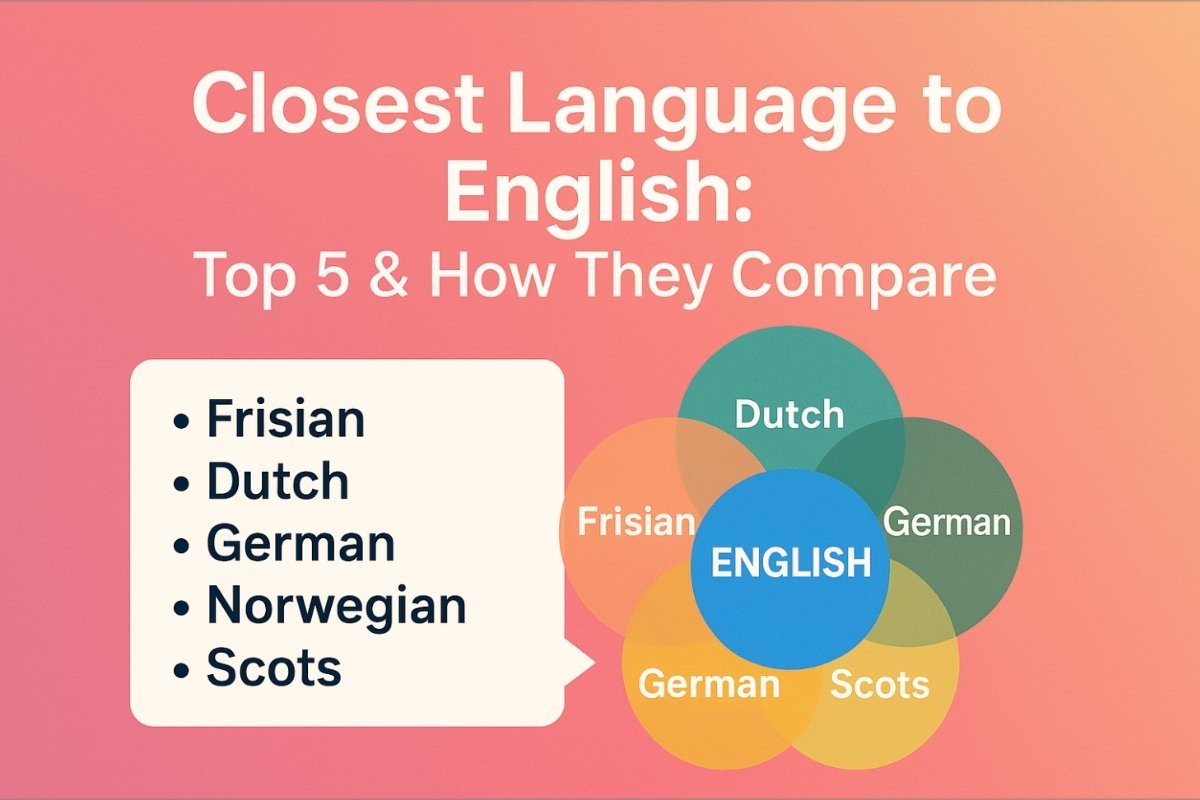The rise of the digital age made it easier for people across different countries to interact and do business. Despite the challenge of varying languages and cultural differences, methods like internationalisation and localization allow the world to progress. Cultural, scientific, and medical barriers are broken down to benefit everyone across the globe.
This guide explains what internationalisation means and why it’s essential for individuals and industries.
What is internationalisation?
Internationalisation, with the short form “i18N” in technological terms, is the process of designing a product, typically a software application, which is adapted into different languages and does not require a modification of the source code. The “i18N” indicates eighteen letters between I and N.
In a business sense, internationalisation refers to adapting various products and services to local cultures and languages. It is the planning and implementation of different techniques that ensure a product’s readiness to be marketed in a specific location.
It is essential to prepare a product for internationalisation before it can be localized; otherwise, you might suffer from delays and additional costs.
Which key components can be internationalised?
- User interface (UI). For mobile apps or software, it’s ideal for the user interface to be designed with enough space to fit every version of a text. Not all translations have the exact word count, so the UI must be prepared for locale-specific characters and codes.
- Hardware support. Not all devices are available in every country. Therefore, websites and apps must be optimized for the specific operating systems or devices available in the target location.
- Date and time formats. Every country uses a different time and date format—some use DD/MM/YYYY or MM/DD/YYYY, among others.
- Customer service. When offering products or services to a specific region, the brand’s customer service must also make sense to that time zone. For instance, Asian and European audiences will not expect the same business hours for the same company.
- Data encoding. Most European languages use ASCII encoding, while non-Latin-based alphabets like Korean, Chinese, Russian, and Hindi would need Unicode for character encoding.
Internationalisation vs. localisation
Many people interchange them, but internationalisation and localisation are not the same. An internationalized product is designed and developed using best practices and methodologies to prepare it for localisation. Once it’s ready, the product is made to meet cultural, linguistic, legal, date format, and other requirements specific to the region or locale.
In a way, these two methods are complementary. You cannot have a localised item that did not undergo internationalisation, a necessary step for marketing any product and service to buyers in multiple countries. However, this process does not involve the actual translation.
For example, IKEA internationalises the instruction manuals using diagrams and illustrations since these tools are culturally neutral don’t require translated text to be understood. However, assembly instructions eventually need written content to pass international market standards.
Localisation or L10N (ten letters between L and N) adapts the product or service to the target locale. It’s the process that naturally follows internationalisation.
Take any food chain, for example. They have worldwide popularity and have a core menu that appeals to various international tastes. The brand can then enhance the menu to include regional specials without compromising its global brand identity.
The goal: globalization
Internationalisation and localisation stress a common goal: globalisation (g11N). It is the development and marketing of multilingual products or services to a worldwide audience. International distribution networks, the Internet, and cheap flights all contribute to a brand’s capability to serve almost every customer base globally.
For streaming services like Netflix, globalization means applying both internationalisation and localisation techniques to make its products available in all countries except four: China, Syria, North Korea, and Crimea. The brand has a wide range of subtitles in multiple languages and locally produced programs as well.
Each globalization project should consider some of these elements, which are also crucial in internationalisation, to make every task successful:
- Language
- Graphic design and layout
- Cultural, religious, and political references
- Imagery
- Bidirectional text
- Imagery
- Currencies, units of measurement
- Date formats
- Punctuation
- Phonebook and address formats
- Icons
- Keyboard usage
- Legal requirements
- Coding
- Product modifications (plugs, etc.)
- Other critical components
Why do companies internationalise?
Internationalisation provides many benefits for brands that want to reach a target market without overspending on infinite re-engineering, bug-fixing, and post-localisation works.
Here are some of the benefits of internationalizing a product or service:
- Easier to adapt a content or software app to multiple locales
- Reduces cost and time spent localizing a product or service
- Simpler maintenance.
- All versions of a product have a single global source code
- Lessens the cost of ownership for multiple product versions
- Adheres to international standards
Your product or service must be internationalized if you’re looking to introduce it to the global market for the first time. It should also be done during the design phase to ensure that your offering is viable for the worldwide audience. Additionally, you need to internationalise your product or service to launch your brand in new markets.
Choosing the best internationalisation service
Internationalising a product takes a dependable team that can jumpstart the process for you. Circle Translations is composed of experts who can offer the best translation, localisation, and internationalisation services whenever and wherever you need them. You can contact us today to discover how our team can bring your brand closer to a global audience!
Subtitles

Professional and Accurate Subtitle Services for your Videos.
- Video subtitles specifically tailor-made for improving accessibility.
- Using highly experienced subtitlers with years of industry experience.
- Professionally written and expertly timed.
Translation

We help the world’s top companies translate their content in over 73 languages!
- We localize content for internet websites, games, travel, cryptocurrencies, and more
- Expand your global audience by adding different languages.
- We work only with qualified translators and experienced content creators
Audio translation

Ensuring full accessibility for Blind and visual impaired audiences.
- Visual descriptive events as they occur in the video.
- Working with top audio describers to perfectly describe what is happening on-screen
- Professional sound recording.





